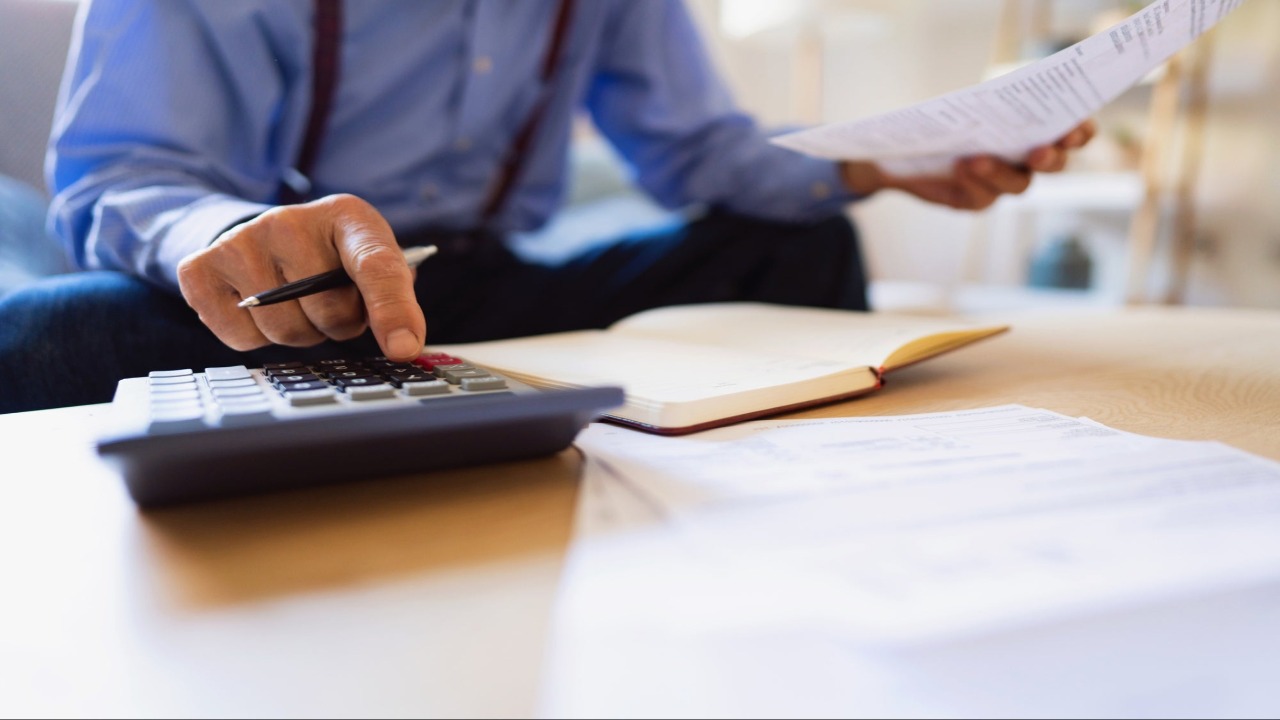As a dedicated freelance decor designer, successfully managing your workload and client contracts is a commendable feat. However, the advent of tax season introduces an additional layer of complexity. Fear not; you can always visit website that will help you with your paystubs, and this guide is here to assist you in navigating the intricacies of tax responsibilities while maximizing your savings. Whether you operate as a sole proprietorship or a company, we’ll walk you through the fundamental steps and offer valuable tips to streamline the tax process.
Understanding Your Income and Expenses

To embark on your tax filing journey, begin by gathering records of your income and expenses. This includes meticulously collecting all Forms 1099-MISC from your clients, indicating the total payments made to you throughout the year. Ensure accurate reporting, as the IRS receives copies of these forms. For electronic payments via platforms like PayPal, where you might not receive a 1099-MISC, remember, you’re still obligated to report the income.
On the expenses side, maintaining receipts for amounts over $75 is crucial. Other acceptable records include canceled checks, bank statements, and a mileage log for deductions. Tools like Bonsai can simplify expense tracking, allowing you to stay organized effortlessly.
Common Tax Deductions
The key to lowering your taxes as a freelance decor designer lies in leveraging all eligible deductions. Each deductible dollar can save up to 37 cents in federal tax, presenting significant savings. Explore common deductions such as business mileage, office expenses, business travel, meals, business property, supplies, legal and professional services, insurance, and advertising/promotional expenses. Keeping detailed records is essential, and consider using tools to track business mileage for optimal deduction benefits.
Strategies for Effective Record-Keeping

Efficient record-keeping is the cornerstone of a smooth tax-filing process. Learn practical strategies to organize your financial records, making tax time less daunting. Utilize digital tools and platforms like Bonsai, QuickBooks, or other accounting software to automate and streamline record-keeping tasks. Discover how adopting these tools can save time and ensure accuracy, reducing the stress associated with tax preparation.
Tax Planning Throughout the Year
Successful tax management extends beyond the filing season. Implement proactive tax planning strategies throughout the year to optimize your financial position. Explore methods to manage quarterly estimated taxes, leverage deductions strategically, and stay informed about changes in tax laws affecting freelance decor designers. This proactive approach will not only ease the year-end tax process but also contribute to significant long-term savings.
Consulting Professionals for Personalized Guidance

While this guide provides a comprehensive overview, the nuances of individual businesses can vary. Recognize the importance of seeking personalized guidance from legal and tax professionals. Consult with experts to address specific queries, ensure compliance with evolving tax laws, and receive tailored advice that aligns with your unique freelance decor design business.
To Wrap Up
Remember that consulting professionals ensure personalized guidance for your specific business needs. Regularly revisit and update your practices to align with your evolving business landscape. By adopting a proactive and informed approach, you’ll not only navigate tax seasons with confidence but also contribute to the sustained success and growth of your freelance career. May this guide serve as a valuable companion in your quest for tax efficiency and financial success.
